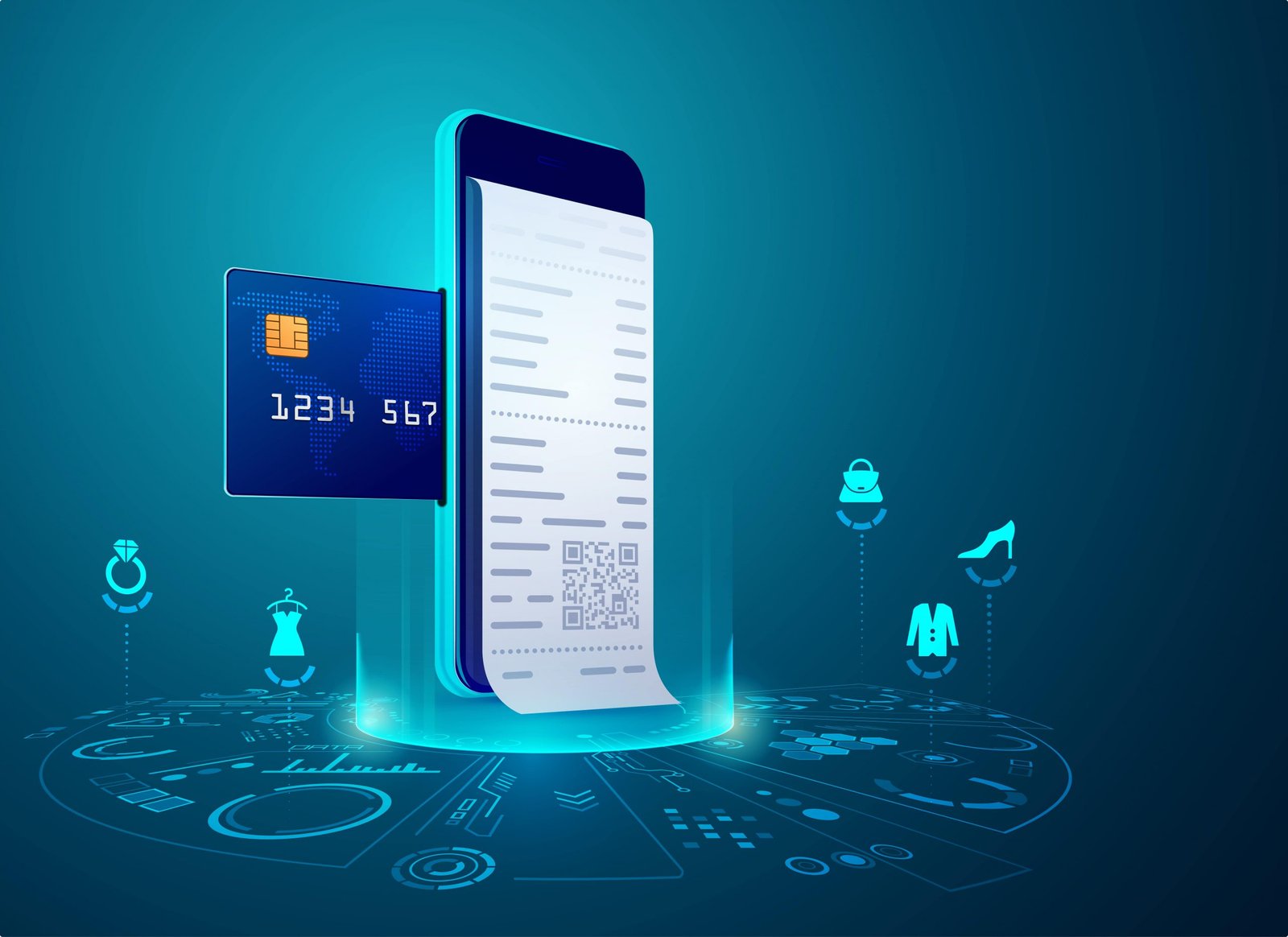Eight Data-driven Strategies To Drive Loan Collections To Profitability – Lending businesses now are expected to get improved productivity, get customer approval, and bring home higher returns thanks to the digital development that is fast progressing. Coming technologies in the financial technology world have resulted in enhanced clarity and regulatory conformity. We can see a good influence on the customer debt collection view in the market, due to the acceptance of data analytics, enhanced internet and mobile connectivity, and much more. Enhancing the credit risk models for exact predictions can aid lending companies with important loan collection at the end of the cycle. Leveraging Artificial Intelligence technology along with Machine Learning algorithms to inspect rich data sources, apart from traditional ones, can boost the exactness of prediction models, in various folds.

Using AI models & technologies, businesses can discover unconventional data sources like customers’ payment information, social media data, transactional data, and other online activities to get important insights about their financial standing. If a business feels chances of payment defaults shortly, they can actively reach out to the concerned consumer with other debt repayment choices and provide credit counseling to diminish their loss. Thus a data-driven strategy can prevent chances of irresponsibility. Now let us know the Eight Data-driven Strategies To Drive Loan Collections To Profitability.
The List Of Eight Data-driven Strategies To Drive Loan Collections To Profitability
Customer Ranking
A rich data source, for instance, credit-card data, can decide the credit history of the individual, and give him a rank factor based on historical data. The ranking will aid you in deciding which customer is more likely to pay timely, and who will need protective follow-ups for recovery.
Customer batches
Cluster customers with some basic similarities for profitability analysis and execute the same course of action for the whole batch as they are most likely to show the same behaviors. Operating with a batch, instead of going after a customer is bound to cut down overhead expenses.
Special groups
Some debt recovery cycles demand complete actions. For example, bankruptcy, incarceration, fraud, death of a customer, and many more. Make special groups of these customers to understand their behaviour for future predictive analysis, and work out an affordable solution to tackle this kind of case.
Complete collections management team
While most of your data analytics shall be managed by dynamic Machine learning, have a committed team in place to observe and study the growth or failure of your ideas.
Data acquisition idea
A specific cluster of customers might be more important compared to other clusters. However, spending on acquiring more data about them to boost your evenness of debt recovery will strengthen the basics for your business, and aid you in skillfully allocating budget all across different batches.
Conveying strategy
The most important part of your debt recovery is your conveying ability. A strong communication strategy aids you in prioritizing customers, deciding the most affordable mode of contact, inspecting the responses, and most essentially connecting with customers for brand identity and support.
Appoint workforce
Debt recovery has two main considerable things – a customer, and an agent dealing with the customer. However, data analytics is not only to know and predict customer behavior but also to decide the skills of your employees, so that their powers and drawbacks are perfectly used.
Record the facts
Data can be confusing and can lead to unclear expectations. A record of the facts increases the data bank of companies for research. However, it is the anchor point and a reminder for companies to base their ideas and strategies on facts, and not on guesses.
Conclusion
Loan collections tell a lot about your consumers if you are ready to listen. With the support of Artificial Intelligence, Machine learning, and Automation, your data analytics can create or break your business.
FAQs
What it is mean by data-driven banking?
Data-driven community banks can leverage data analytics to make knowledgeable decisions and more profitably cater to their customers and smooth their operations.
What is the collection strategy in banking?
Defaulting customers are approached by desk collectors, and in serious cases, field collectors may connect directly. Unpaid debts may be surged to third-party collection facilities to recover excellent amounts and handle irresponsibility.
How do you make an effective collection strategy?
Too-early involvement, flexible payment options, and clear communication are all elements of an effective collection strategy that may benefit lenders and their customers. Also, it must prioritize the customers’ necessities and give support and financial counseling.
What is the use of data-driven?
Data-driven is a technique of making decisions based on the inspection and analysis of data stored from digital sources. This process allows firms to make better-planned decisions as it is based on real data available from different business areas.
What kind of data is gathered in the banking field?
Type of data gathered in the banking field –
- Transaction Data – Information on the transactions made by customers.
- Customer Data – Details about customer demographics, behavior, and choices.
- Credit Data – Data related to loans, credit scores, and repayment history.








